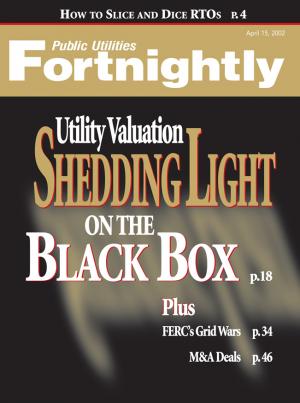The smart money now treats transmission as a player. Just like generation. Just like load.
Bruce W. Radford is Editor-in-Chief at Public Utilities Fortnightly.
Over at the Federal Energy Regulatory Commission, new chairman Pat Wood has let it be known he might have done it the other way.

If he had been in charge, say the press reports, he would have postponed Order 2000. He would not have asked electric utilities for any commitment to join a regional transmission organization (RTO) until after the FERC had first devised a comprehensive set of rules-a standard market design (SMD)-for RTOs and stand-alone independent transmission companies (transco's, or ITCs).
The idea sounds logical. Pat Wood's process would have defined content first. Pre-empt all those political squabbles over governance, independence, and voluntary-versus-mandatory. Wood would have sidestepped the Midwest-Alliance tiff, and that fractious debate about consolidating RTOs in the Northeast. Instead, with the SMD in place, utilities would have had less reason not to fall in line. FERC already would have done away with any regional model that would give one group a leg up on others.
Yet where would FERC be today with its SMD project if not for PJM and its experience with markets?
Now we know. You could see that for yourself at FERC's "slicing and dicing" workshop held on Feb. 19. That's where FERC took testimony on how to allocate grid and market functions between RTOs and ITCs.

